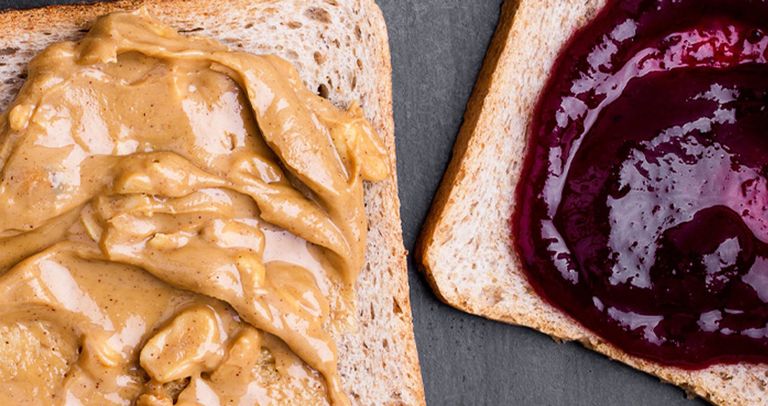Dietician Shares What Happens To Our Bodies After We Eat A PB&J Sandwich
Heading to the kitchen to make yourself a delicious snack? You can’t go wrong with a peanut butter and jelly sandwich. The salty-sweet concoction – complete with a little crunch, if you like – is practically irresistible to most kids and, well, bigger kids. But before you next put a PB&J together, you should hear what food expert Natalie Rizzo has to say. According to her, you see, the beloved sandwich could have an unexpected impact on your body.
All-American meal
Regardless of the effect that the PB&J has on our health one thing’s for sure: the sandwich has firmly cemented its place in the pantheon of all-American meals. But this wasn’t always the case. The PB&J is a relatively recent invention, in fact, and it took a whole lot of ingenuity to birth the treat that so many love today.
Nutrition not considered
Any potential nutritional value wasn’t a huge consideration at the time of the PB&J’s creation, of course. To begin with, there was the bread. And while this versatile foodstuff has actually been eaten for millennia, the start of the 20th century saw Otto Frederick Rohwedder come up with a game-changing idea.
The birth of the bread slicer
Yes, it’s Rohwedder whom we have to thank for creating the bread slicing machine. And while his incredible contraption got rejected at first, it soon found its way into baking shops across the country. Before long, the inventor would proclaim his brainchild to be “the greatest step forward in baking since bread was wrapped.”
PB taking center stage
At around this time, peanut butter was starting to come to the fore, too. And you may be surprised to hear just how recently the now-ubiquitous spread hit the shelves. Peanut butter actually made its debut at the Chicago World Fair in 1893, although it didn’t become a success until after its appearance at the St. Louis World Fair 11 years later.

